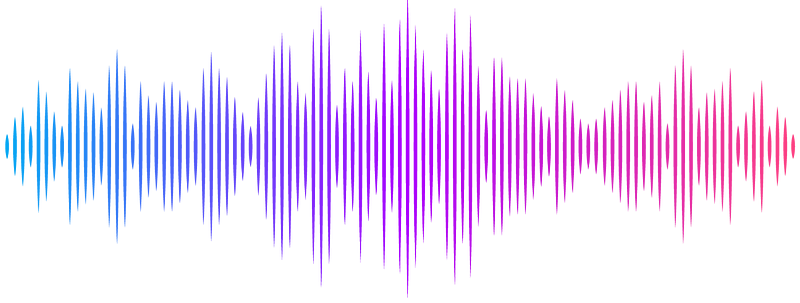Sponges of the Lower Greensand Group (Lower Cretaceous) of England; a revision

Sponges of the Lower Greensand Group (Lower Cretaceous) of England; a revision
Sendino, C.; Kershaw, S.
AbstractSponges of the Lower Greensand Group (LGS) are well preserved, and occur in sediments of a sandy matrix. Abundant in the Faringdon Sponge Gravel Member (FSG), these sponges, mostly Calcareans are found in Oxfordshire, with notable preservation at Little Coxwell quarries. Classical researchers described sponges and spicules from the LGS, including Lhuyd (considered to have been the first to publish illustrations of LGS sponges), Sharpe, Sowerby and Parkinson. In addition to the FSG, the Folkestone, Hythe, and Atherfield Clay formations within the LGS also contain sponge remains, including spicules as well as whole sponge fossils. These sponges include mostly samples from traditional sponge class Calcarea and a taxon of Hexactinellida; Altogether, the sponge assemblage developed in warm seas of the Lower Cretaceous, and display diverse shapes of sponge bodies and robust spicules. This study provides descriptions of common species following updated Porifera classification and recent sponge taxonomy research, illustrated with specimens from the Natural History Museum, London (NHM) and British Geological Survey (BGS) collections. The following taxa are recorded and described: 1) Calcareans: Barroisia anastomosans (Parkinson, 1811), Barroisia clavata (Keeping, 1883), Barroisia irregularis (Hinde, 1884), Dehukia crassa (de Fromentel, 1861), [Elasmoierea] faringdonensis (Mantell, 1854), [Elasmoierea] mantelli (Hinde, 1884), Peronidella gillieroni (Loriol, 1869), Peronidella prolifera (Hinde, 1884), Peronidella ramose (Roemer, 1839), Oculospongia dilatate (Roemer, 1864), Tremospongia pulvinaria (Goldfuss, 1826), Raphidonema contortum (Hinde, 1884), Raphidonema porcatum (Sharpe, 1854), Raphidonema farringdonensis (Sharpe, 1854), Raphidonema macropora (Sharpe, 1854), Raphidonema pustulatum Hinde, 1884, Endostoma foraminosa (Goldfuss, 1829); 2) Hexactinellids: Lonsda contortuplicata Lonsdale, 1849.


